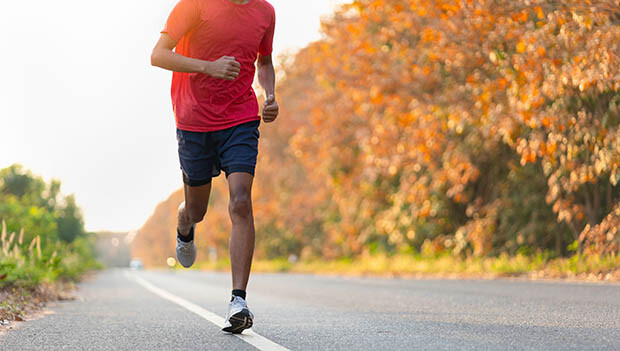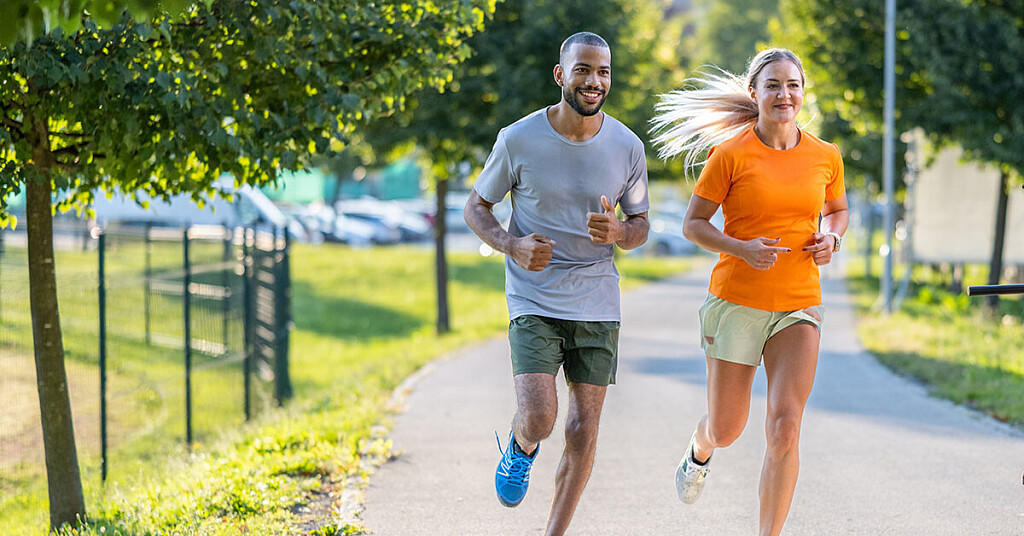Running News Daily
Running News Daily is edited by Bob Anderson. Send your news items to bob@mybestruns.com Advertising opportunities available. Train the Kenyan Way at KATA Kenya and Portugal owned and operated by Bob Anderson. Be sure to catch our movie A Long Run the movie KATA Running Camps and KATA Potato Farms - 31 now open in Kenya! https://kata.ke/
Index to Daily Posts · Sign Up For Updates · Run The World Feed
What you need to know before running outdoors
You’ve been cooped up watching reruns of “Friends” on the treadmill all winter. So when the temperature pushes 60, you grab your sneakers and jump at the opportunity to get some fresh air while you pound the pavement.
Most of us don’t even think twice about changing up the location of our runs. After all, running is running right?
Not quite, says Michael Conlon, physical therapist, running coach and owner of Finish Line Physical Therapy in New York City. While it’s great to get outdoors, being aware of the subtle differences between running on a treadmill and jogging outside is essential in easing your body through the transition and reducing your risk of injury.

“More experienced runners will probably say it’s harder to stay on a treadmill and do a 10-12 mile run because it’s so boring,” says Conlon. “But taking that out of account, to run outside after being indoors is harder; you have so many other factors: wind, weather, terrain. It’s definitely more difficult and something you’ll have to get used to.”
Here are the key things to be aware of before making the switch.

A Better way to run outdoors
Use the change of seasons as a cue to invest in new sneakers. Exactly how often this needs to be done varies, depending on how much running you do, your body size and the shoe type, says Conlon. “The lighter the shoe, the less durable it typically is. On average, we should get new sneakers every 2-3 months or 200-300 miles, maybe a little more with some heavier, more durable shoes.” Which means if you’ve been running on a treadmill all winter, the change in season might be a great time to invest in a new pair. “You’ll start not only notice the physical wear of the shoe, but feel it,” says Conlon. “It’s almost like riding a bike with a little less air in the tire, you’ll feel a little bit of that resistance, you’ll feel every nook and cranny in the road, like pebbles or debris, you’ll feel your calves working a little harder and that there’s less shock absorption.”
Don’t forget to warm up. It can be easier in a gym setting to remember to warm up, but “make sure you properly warm up the body; include some type of myofascial release/foam rolling, as well as global, three-dimensional functional stretches, not just a static stretch routine,” says Conlon. He also recommends implementing running drills unto the warm-up, which can help you work on your form and posture prior to your workout.
Choose the right terrain. Should you head to the park? Run the track at the local high school? Or simply run around the neighborhood? “In general, most people say the softer surfaces like a dirt trail are easier on the body; they allow the soft tissue structure to absorb more, so there’s less impact on the joints and the bones,” says Conlon. “Concrete is the hardest, asphalt has a little more give and dirt trails are softest.” He also adds that as we age, we may prefer the trails to the concrete sidewalk. “An older person doesn’t have the same elasticity as when they’re younger in terms of the soft tissue structure, so they might like a softer surface,” says Conlon.
Our bodies expend less energy running on a treadmill than running outdoors.
Know that you may be sore, even if you’ve been running all winter. Our bodies expend less energy running on a treadmill than running outdoors. Using the incline feature can help close that gap: Studies show that running on a 1% incline requires a similar amount of energy as running outdoors. But how many of us actually increase the incline every time we hit the treadmill for a jog? Because of that, running outdoors will likely feel harder. Your running terrain makes a difference too: “One thing about trails that people often don’t think about is it’s an unstable surface, if you’re going to be on rocks or having to move around a little bit, a lot of the stabilizers in our hips and ankles are going to work harder so you’ll hear a lot of people say the next day that they’re more sore than usual."
Cut back on intensity at first. Knowing that it will require your body to expend more energy and that many more variables are in flux, Conlon suggests people ease into it. “Everything is constant on a treadmill, outside is much more variable because you have things like wind, weather, terrain, uphill and downhill, and even your own pace is hard to be constant with,” he says. He encourages people to be aware of these variables, start at a conversational pace and focus on building up aerobic capacity. “Running at too hard of an effort and doing too much, too soon are the biggest mistakes we typically see in physical therapy. So if you’re just starting out, run outside every other day so you don’t have two days back to back,” Conlon says. If you’re used to hopping on the treadmill and logging 5 miles in 50 minutes, Conlon suggests starting with a 30-minutes outdoor run. “It doesn’t have to mean cutting back where you’re doing a run/walk program, but just modify a little bit to account for the variability your body isn't used to.”
You may need to adjust your form. “A lot of treadmill runners tend to be heel strikers because the treadmill is basically running you, you’re not running the treadmill,” says Conlon. “So when coming off, it’s good to work on a more efficient foot strike, where you’re landing more in your midfoot or forefoot. You can also do things with cadence: every mile, count how many times your right foot strikes the ground to get an idea of what your cadence is. The ideal cadence is 90 steps per minute.”
Go for time instead of distance. “I am a big advocate for running for time versus miles,” says Conlon. “A body knows time it doesn’t really understand what a mile is. Mentally, it’s also easier. You tell someone to run 3 miles it’s can be overwhelming. You may run a 6-minute pace, I may run a 12-minute pace, so to say 3 miles, that’s a lot more volume for me than it is for you, that’s going to take me 36 minutes versus taking you 18 minutes. Running [for time] keeps everyone on the same stress level. If we’re both running 30 minutes it doesn’t really matter what pace we’re running, we’re still both running for the same amount of time.”
Switch up your variables. We all get into the habit of running certain loops around the neighborhood or heading to the same trail at the park. But Conlon urges athletes to switch up the variables often. “Think about Central Park, if I’m going around that counter clockwise direction, which is what the majority of the runners do, because of the slight slant in the road that goes inward, my right foot is always over pronating, my left foot is under pronating, so it’s nice to change that direction.” He also encourages runners to change surfaces (trade the hiking trail for a track once a week); and change speeds. “Do some sort of speed workout; it takes runners out of the repetitive gait, so their knees are bending a little more and their hips are going deeper into their range of motion. Changing things from workout to workout elongates tissues and helps incorporates other muscle groups that can absorb some of the impact.”
by Brianna Steinhilber
Login to leave a comment




